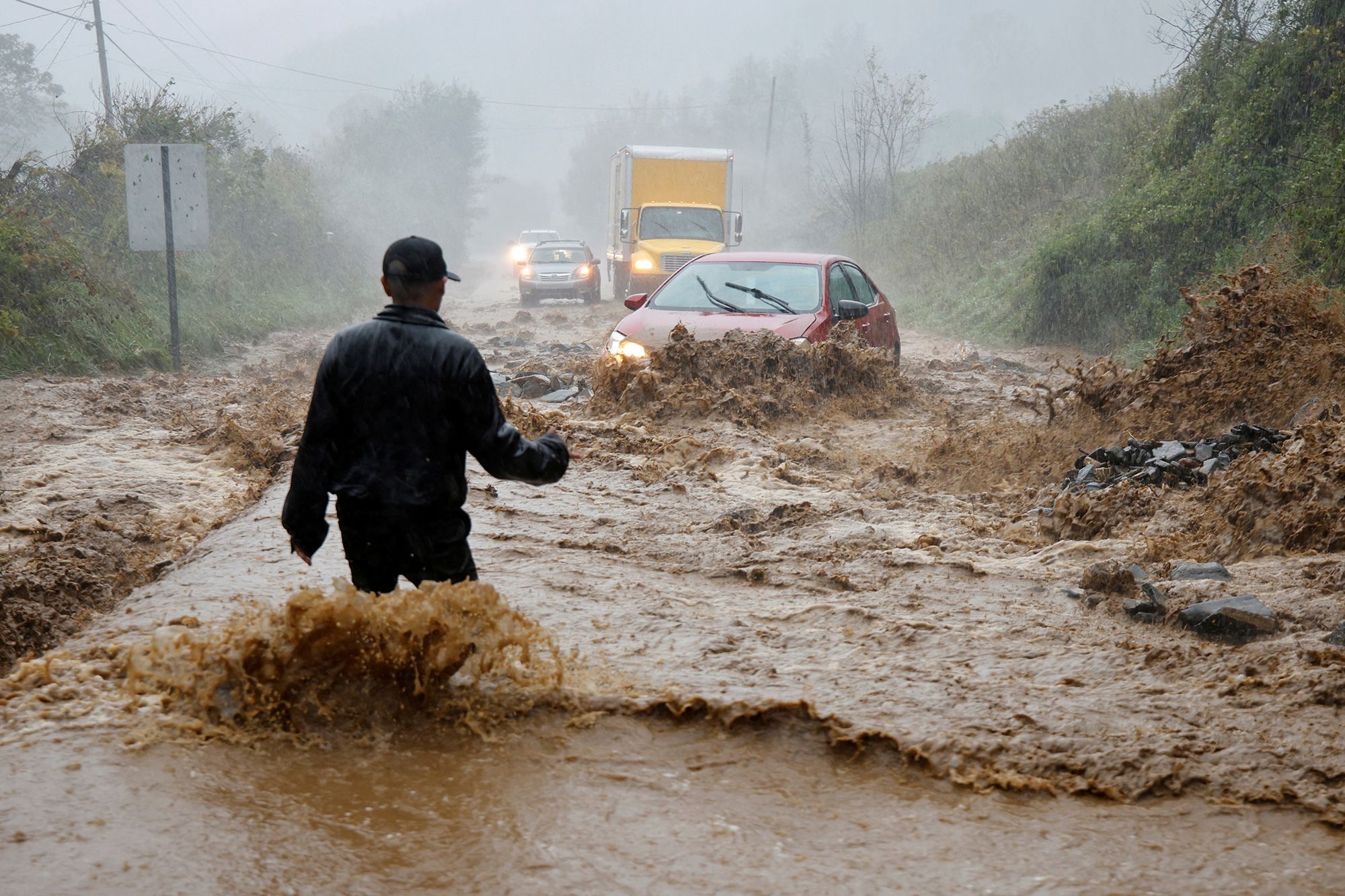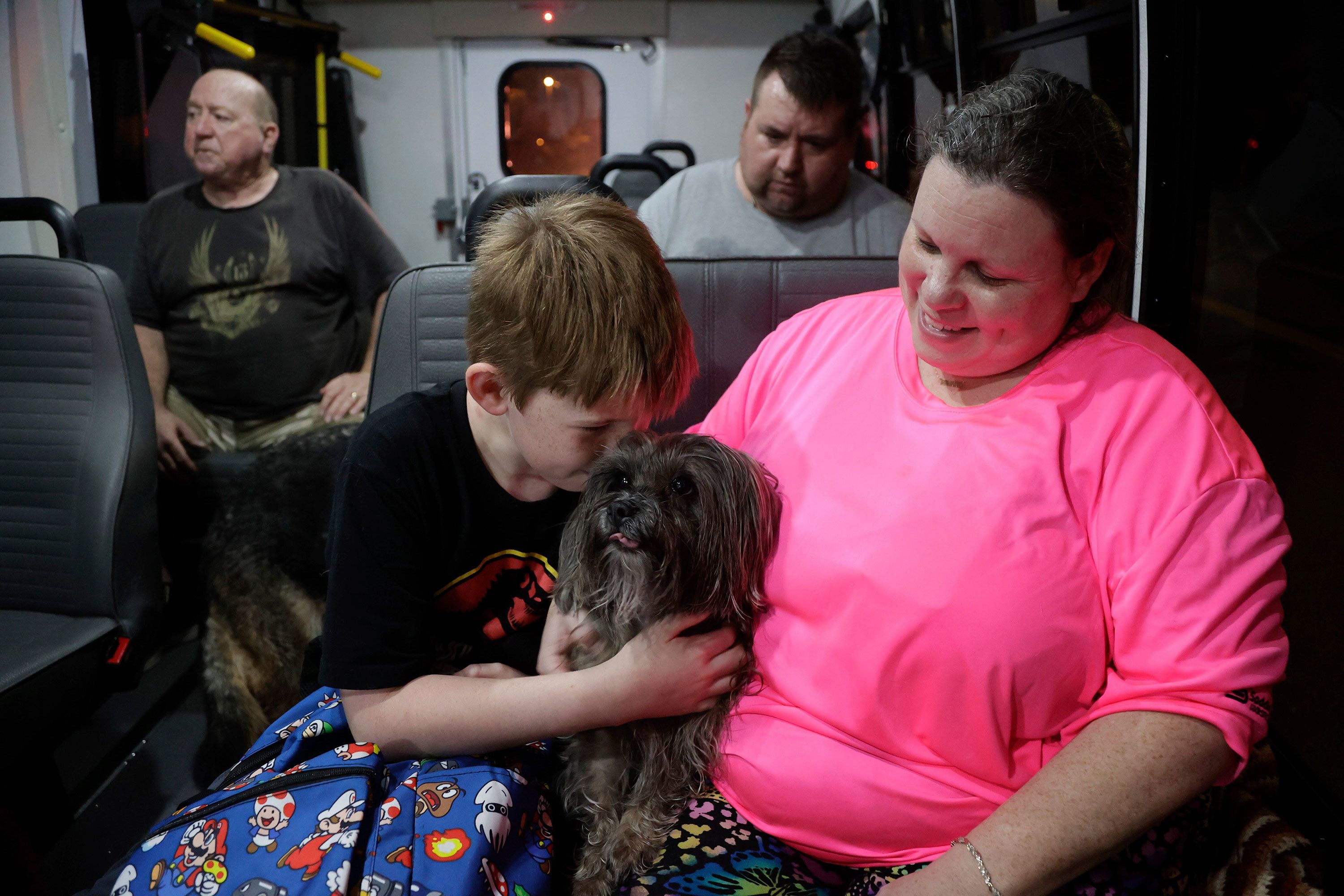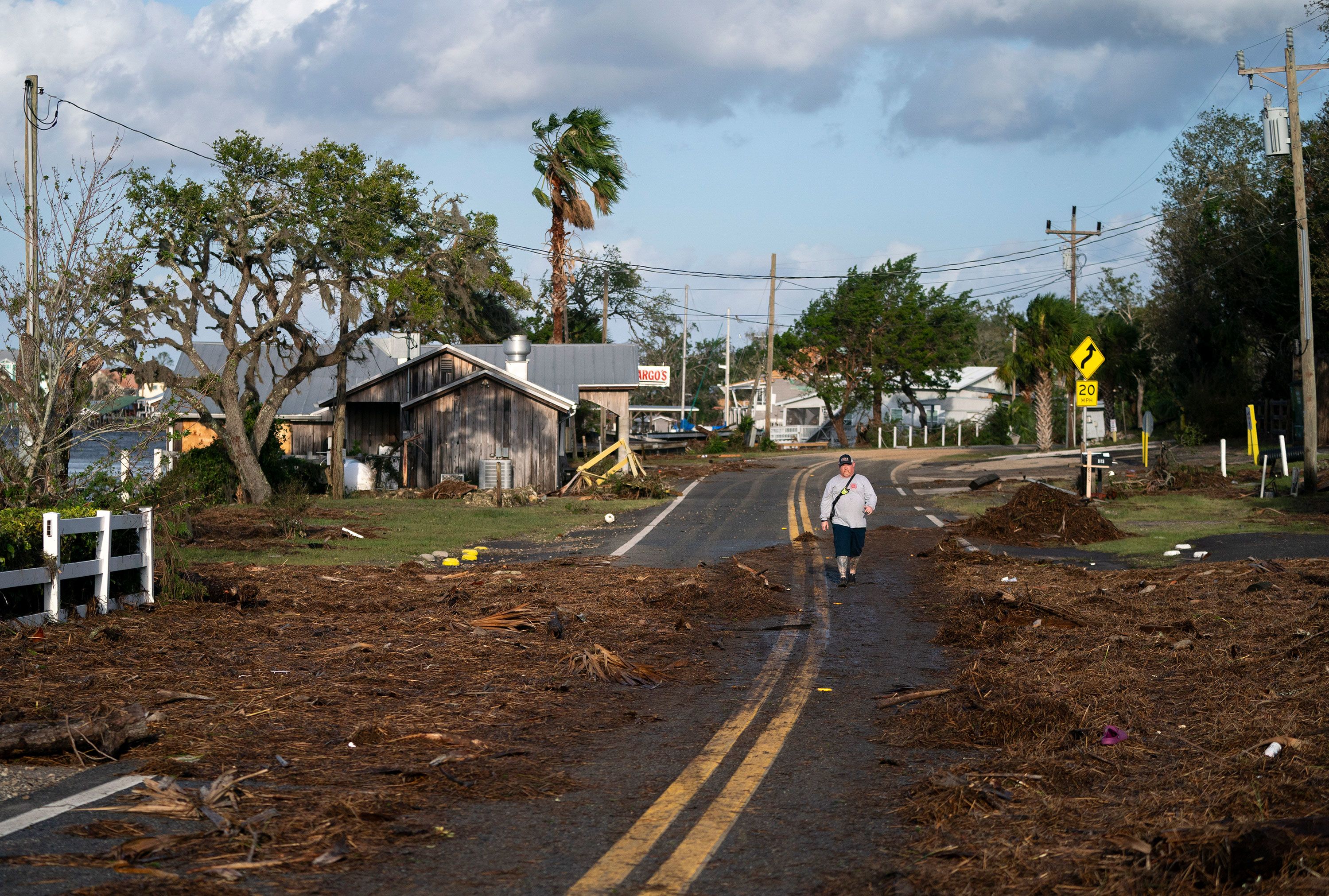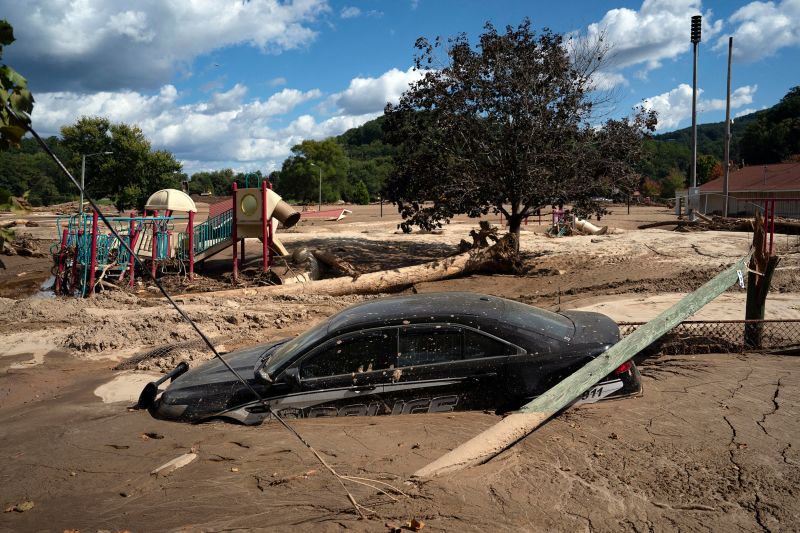Hurricane Helene Causes Widespread Damage Across Southeast
Helene is now classified as a tropical storm after making landfall in Florida as a Category 4 hurricane. Multiple states have recorded over a foot of rainfall, resulting in several flash flood emergencies in the Southeast, including areas such as Atlanta.
The Wide Reach of the Storm
The storm’s extensive wind field stretched from Indianapolis to Washington, DC, leading to increased storm surge and dangerous winds that reached far inland. Consequently, many communities are facing severe weather challenges.
Impact on Mexico and Cuba
The hurricane unleashed significant damage in parts of Mexico’s Yucatán Peninsula and Cuba. Floodwaters inundated vehicles in areas of Mexico’s Quintana Roo state, while powerful ocean waves battered the coastline. Moreover, Helene’s strong winds caused outages for over 50,000 customers in the western province of Pinar del Río in Cuba.

Rescue Operations and Community Support
Authorities and volunteers are actively engaged in rescue efforts in various flooded areas. For example, in North Carolina, individuals are assisting stranded drivers in fast-flowing waters, showcasing community resilience despite the chaos.

Visual Documentation of the Aftermath
The devastation caused by Hurricane Helene is evident across many locations. Residents are documenting the impacts, and various images highlight the severe flooding and property damage.

Continuing Efforts and Challenges Ahead
As the storm dissipates, recovery efforts are beginning in several affected regions. Emergency responders are working tirelessly to restore essential services and provide aid to those impacted. However, the road to recovery will undoubtedly be challenging for many affected communities.

Conclusion
The aftermath of Hurricane Helene serves as a stark reminder of the power of nature and the necessity for communities to prepare for extreme weather conditions. Therefore, ongoing vigilance and support for recovery efforts are essential looking ahead.




